Gold Tooling and Leather Tooling
Very much associated with bookbinding, gold tooling is the method of impressing lettering or a decorative design, through a sheet of 22 or 23 karat gold leaf, onto a leather, paper or cloth surface. ‘Blind’ tooling is an almost identical technique but without the addition of gold leaf.
The practice of blind tooling is believed to have originated in Egypt and dates as far back as 700AD, whilst early examples of gold tooling date from around the 14th century, originating from the Middle East and North Africa. The practice of gold tooling reached Venice by around 1470. At this time, Venice was an extremely prosperous city and considered to be at the forefront of book printing and binding. It was from here that the practice began to slowly spread across Europe, with the British only just starting to adopt the technique from around 1530.
The traditional process of gold tooling begins with the layout of the lettering and/ or designs being blind tooled into the leather surface using heated tools. An adhesive called glaire, made up from the whites of eggs, is then applied to the blind tooled areas and left to dry. Gold leaves are gently laid over these areas and held in place using a light grease or oil. The same heated tools are then used to directly impress the gold leaf into these blind tooled areas; the heat reactivates the glaire and creates a permanent bond for the gold leaf.
The heads and shanks of these finishing tools are made from metal due to its ability to heat up quickly and then retain its heat. Each finishing tool serves a particular purpose: handle letters are used for impressing each individual letter of the alphabet (uppercase and lowercase), punctuation mark and number; pallets impress a block of design, a single line or multiple lines; ornaments are very similar to pallets but are used to impress smaller blocks of design; gouges impress curves or segments of a circle; fillets are wheeled tools that impress a continuous line or set of lines; rolls are wheeled tools and are used to impress a continuous design.
Gold tooling and blind tooling was often used to decorate the interior leatherwork of boxes. The implementation of these techniques can sometimes be seen on the interior walls, removable jewellery trays, mirror frames, concealed letter wallets, writing surfaces and manufacturer’s marks. Asprey, Edwards and Leuchars were just some of the famous manufacturers that used gold tooling to display their marks onto leather and even velvet surfaces.
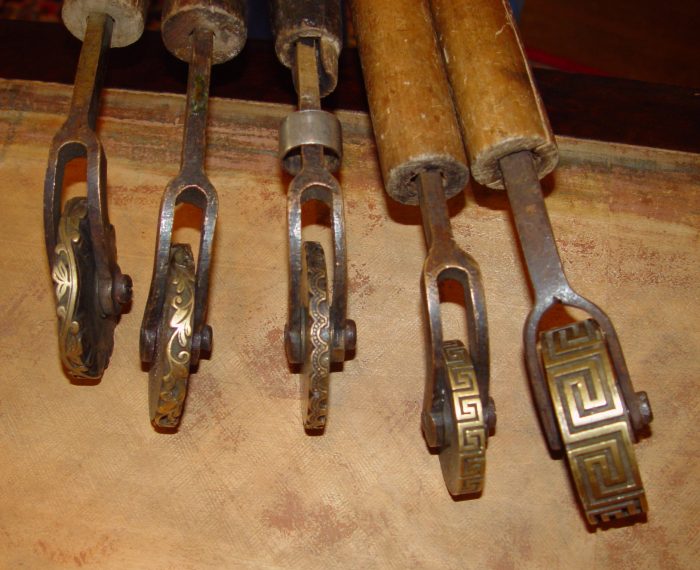
Set of brass wheeled rolls used to impress a continuous design into leather.
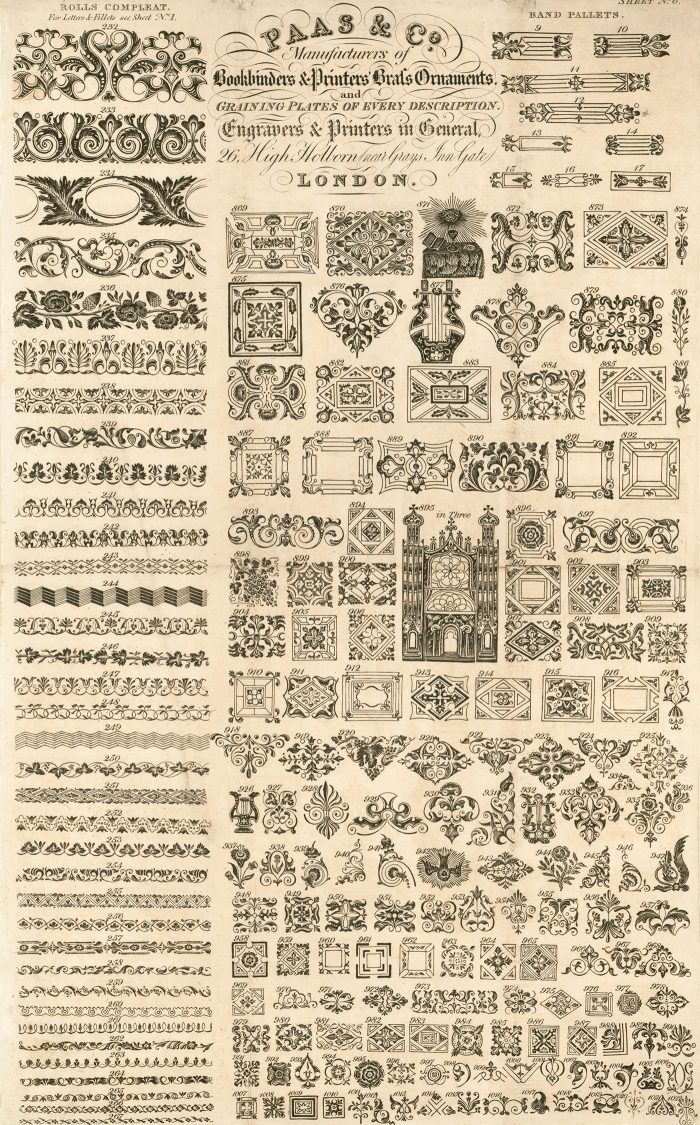
Paas & Co catalogue from c.1830 detailing design options from their inventory of roll, pallet, and ornament tools.
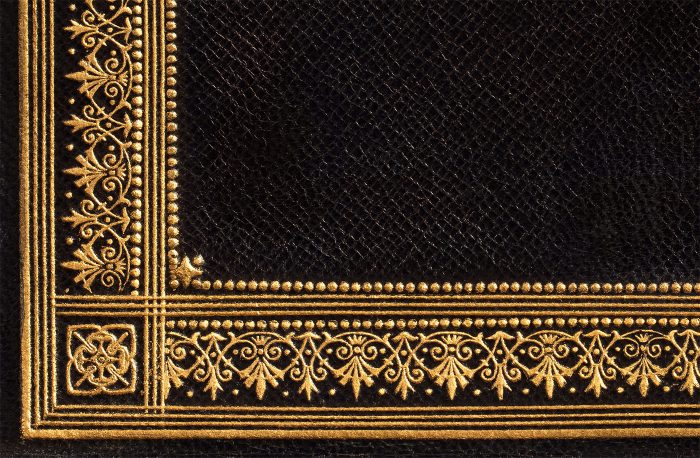
Gold tooled design on leather from an antique jewellery box in rosewood with foliate brass inlay.

Gold tooled design and manufacturer’s mark of ‘Edwards, Manufacturer to His Majesty, 21 King St, Bloomsbury, London’.

Gold tooled floral design and manufacturer’s mark of ‘Edwards, Manufacturer to His Majesty, 21 King St, Bloomsbury, London’.

‘Asprey & Son. 166 Bond St and 22. Albermarle St’ gold tooled into velvet.

William Leuchars manufacturer’s mark gold tooled into leather.
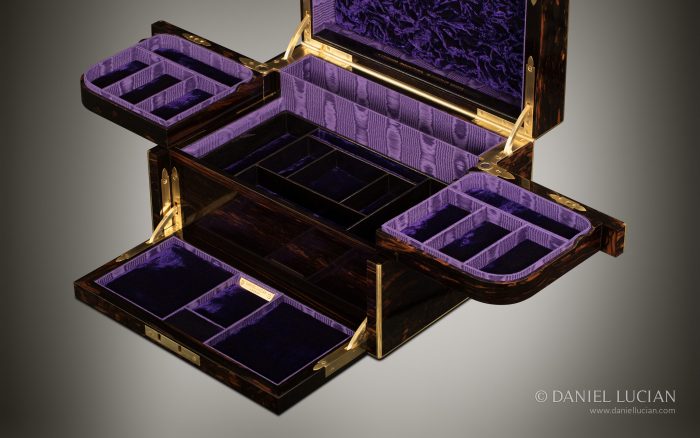
Antique Jewellery Box in Coromandel with Betjemann Patent ‘Automatic’ Mechanism, by William Leuchars.
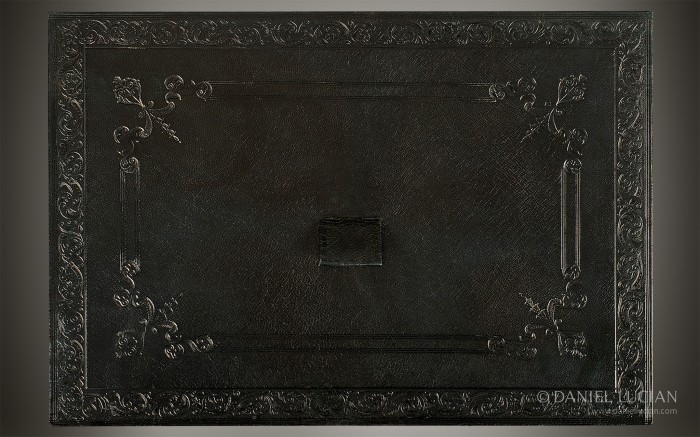
Antique blind tooled leather drawer lid from a jewellery box in amboyna, manufactured by Howell, James & Co.
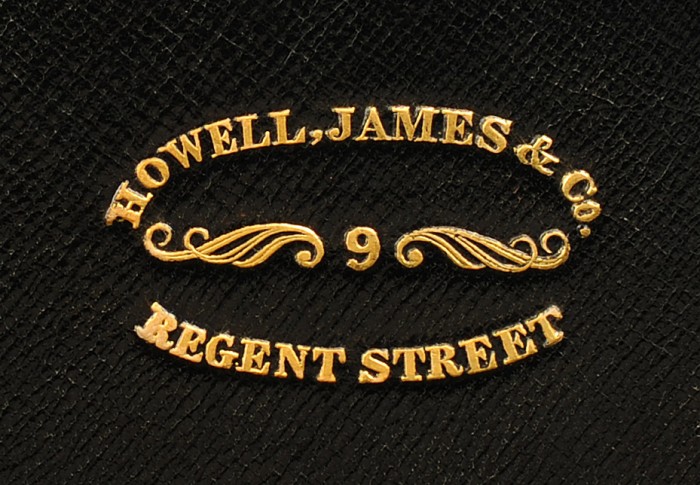
‘Howell, James & Co, 9 Regent Street’ gold tooled manufacturer’s mark from an antique jewellery box in amboyna.
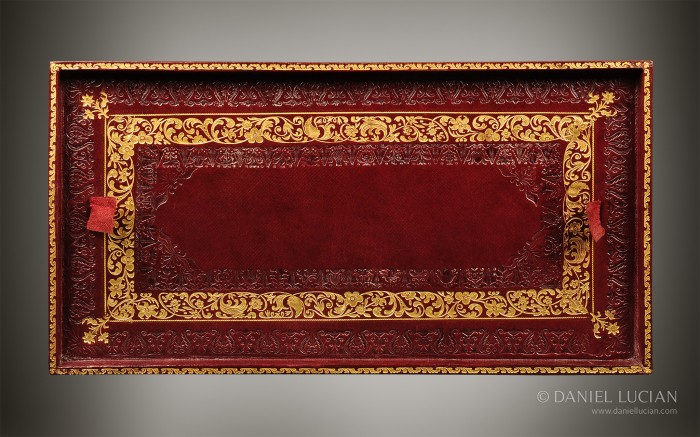
Gold tooling and blind tooling on a leather-bound tray, by William Halstaff.
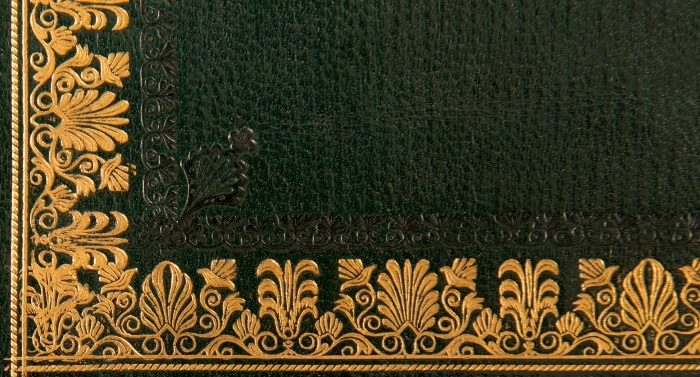
Gold tooled and blind tooled design from an antique rosewood box by Edwards.
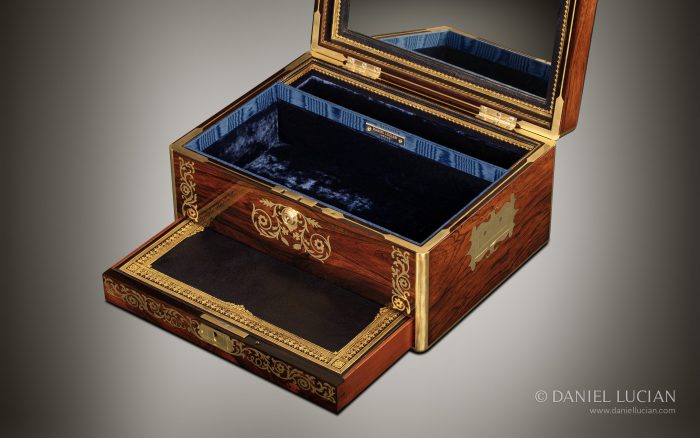
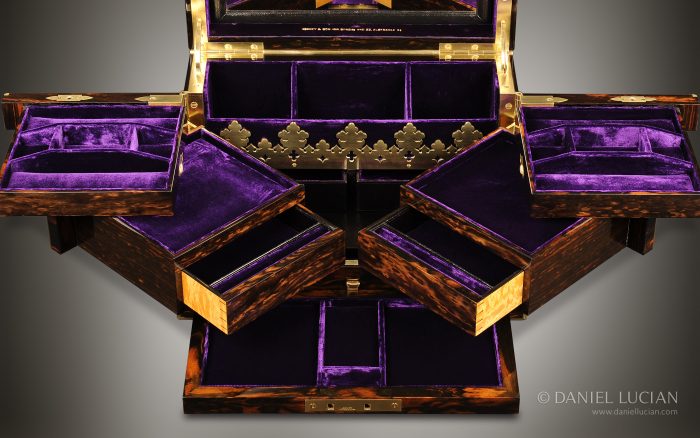
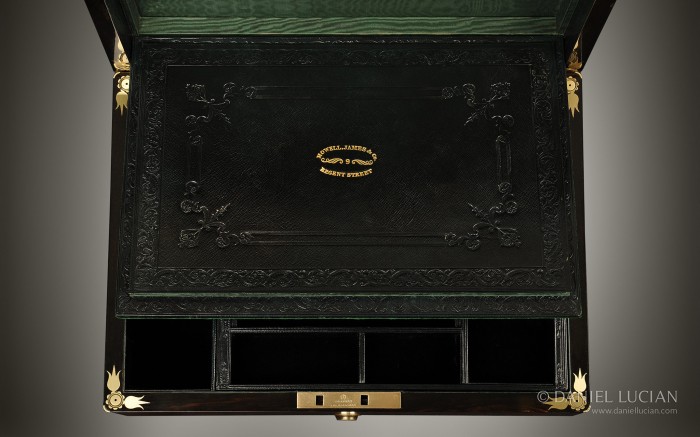
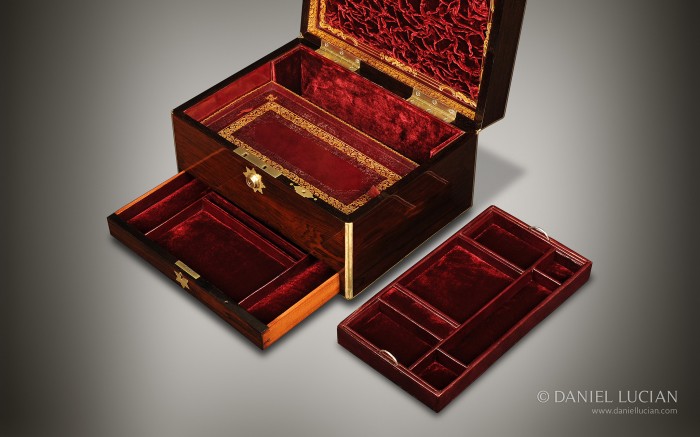
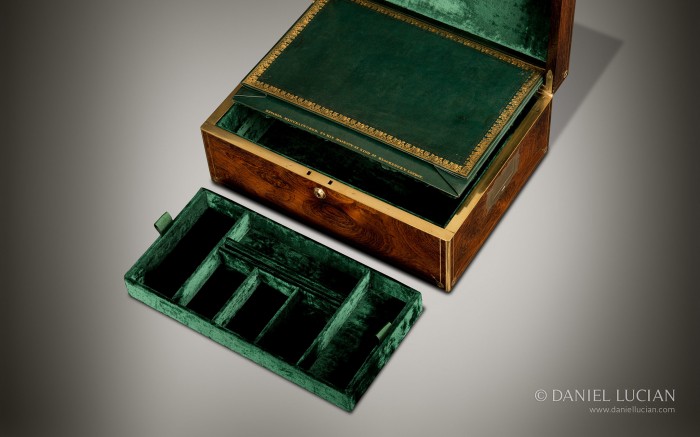
 Price On Application
Price On Application